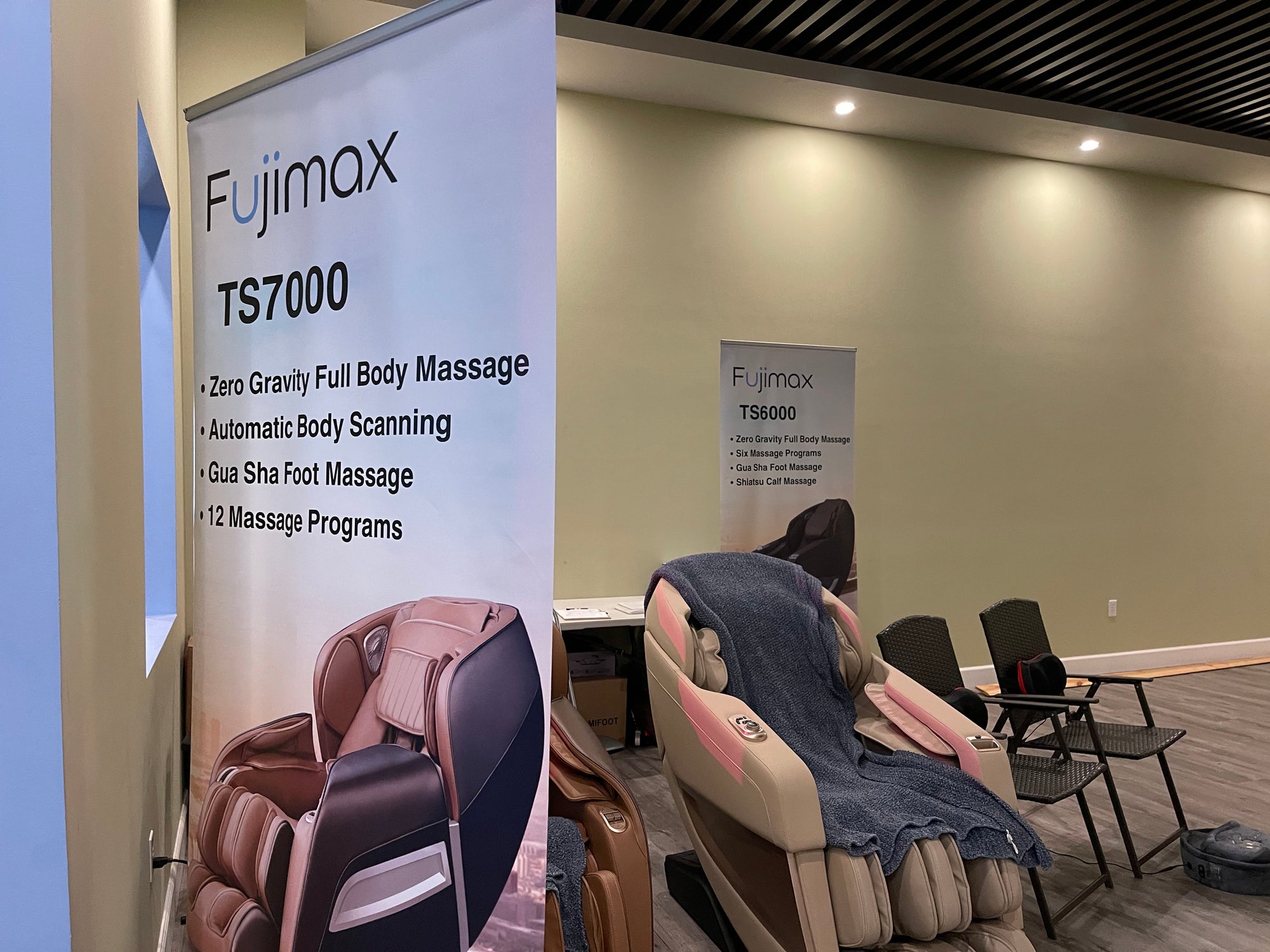Do you have neck and upper back pain but don't know where it comes from? Do you spend lots of time on your smartphone for work and recreation? You may have a condition called "smartphone neck."
As mobile devices became more prevalent and people spend longer periods looking at screens, the term "smartphone neck" was coined.
Smartphone neck is a type of repetitive strain injury that affects the neck and upper back, resulting from maintaining a bent neck position for extended periods. A person with this condition may experience headaches, stiffness, and neck pain. It is also common to experience a reduced range of motion in the neck and upper back.

The repetitive nature of this bent neck posture puts excessive strain on the neck and upper back, leading to pain and other symptoms. Maintaining good posture and limiting time spent with a bent neck is important to preventing smartphone neck. Stretching the neck and upper back muscles can help to relieve tension and reduce the risk of injury. Rotational exercises such as neck rotations and shoulder rolls can be effective in reducing soreness. Massages are another effective approach to helping with the symptoms of smartphone neck. Massages can increase blood flow, and range of motion, and reduce soreness and stiffness in the neck and the surrounding muscles. Another option is to raise the device you are looking at to eye level which would prevent strain on the neck and upper back.

Smartphone neck isn't a particularly new phenomenon, and while it may not always be possible to step away from the smartphone, hopefully these tips can help you understand your pain, know what to do to prevent or reduce your it, and perhaps encourage you to take a break from your phone once in a while.



